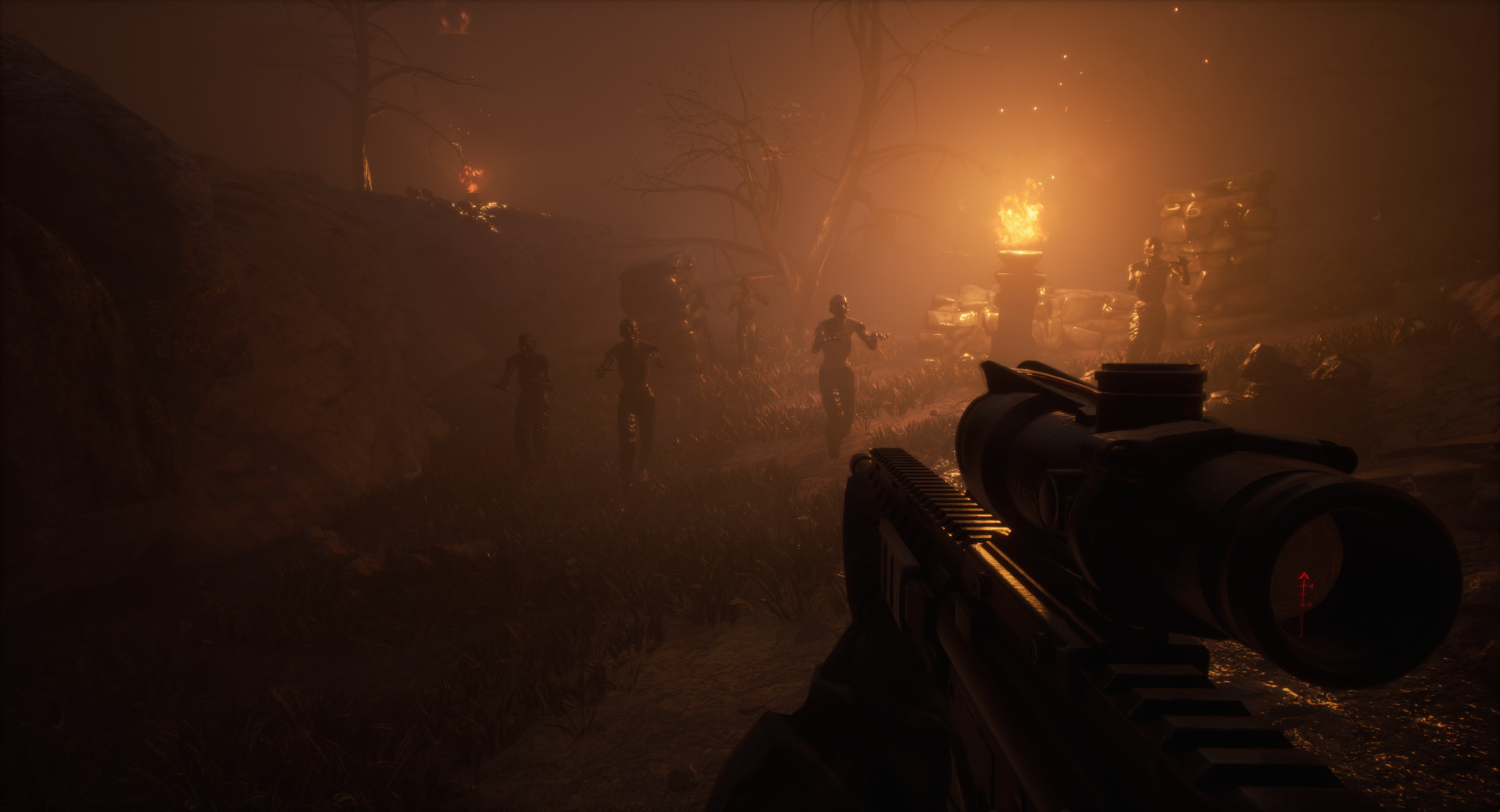Project R.I.P. VR Mac OS
Hi Maurice, Thanks for responding with the requested information. I'm afraid I was mistaken about Packaging for Mac without having to pay to join the Apple iOS Developer Program. To provide a separate executable that will launch on a Mac you would need to pay to join the Apple iOS Developer Program whether you are developing on a PC or Mac. It is possible to Launch directly to an iOS device for testing from a Mac without joining the Apple iOS Developer Program if you configure Identity and Team settings via XCode. However, because it requires XCode, this is currently not possible from a PC without the proper provisions and certifications. -Steve H. |


Project R.i.p. Vr Mac Os Catalina
The 2011 Mac Pro is the best option for those looking to Dr. Frankenstein their Mac and make it VR capable as it features a PCI-e slot for graphics cards and it’s fairly easy not only to upgrade. Devices and Mac OS X version. VLC media player requires Mac OS X 10.7.5 or later. It runs on any Mac with a 64-bit Intel processor or an Apple Silicon chip. Previous devices are supported by older releases. Note that the first generation of Intel-based Macs equipped with Core Solo or Core Duo processors is no longer supported.
Project R.i.p. Vr Mac Os Download
- Apple VR Project articles on MacRumors.com. Back in 2018, it was revealed that noted YouTuber and former NASA engineer Mark Rober had been quietly working in Apple's special projects group on.
- I recently discovered that I was unable to connect my iPhone to my Mac OS X(10.14 Mojave update) through the use of a USB connection. I took to the internet with my end goal being to find a solution that allowed me to connect an iPhone to a Windows system via USB, and then redirect that USB connection to my Mac OS X.
- Also, OS X Mountain Lion takes up about 10 GB of space on its initial installation, so the computer where you install Mac OS X must have at least 10 GB of space in its hard drive. However, that's only the bare minimum; if you plan to install Mac OS X for day-to-day use, I recommend allocating at least 50 GB of space.